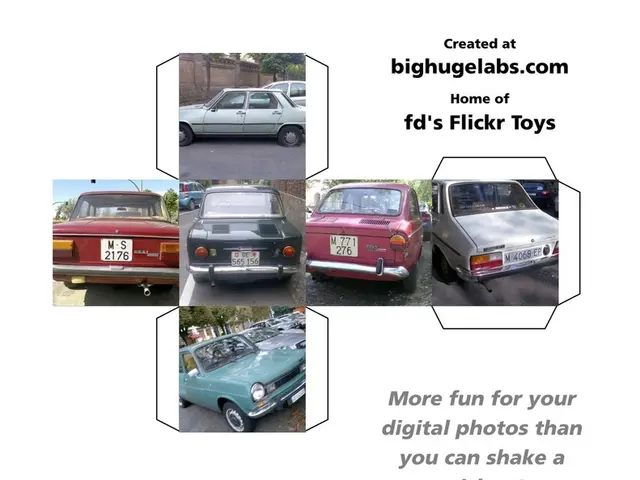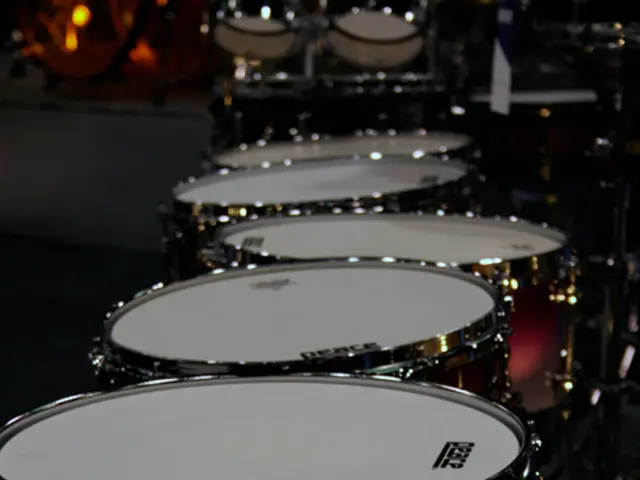Understanding Visual Metaphors: Their Application in Art and Communication
In the realm of advertising and media, visual metaphors serve as a powerful tool for communicating complex ideas and emotions swiftly and effectively. These metaphors link familiar images or symbols to abstract concepts, tapping into our shared cultural meanings and psychological responses to imagery.
For instance, the river in Francis Ford Coppola's "Apocalypse Now" represents the protagonist's journey into the heart of darkness, mirroring his descent into madness. Similarly, in "The Shawshank Redemption," the bird that Andy Dufresne feeds becomes a visual metaphor for freedom and escape.
Visual metaphors are instrumental in advertising, serving as a crucial element in conveying messages that resonate emotionally and cognitively. They work by conveying complex concepts quickly, such as a light bulb symbolizing innovation, or a tree representing growth. They also guide user behavior intuitively, like a shopping cart icon indicating online purchasing in digital interfaces.
Moreover, visual metaphors elicit emotional responses, tapping into our brain’s fast visual processing and emotional centers. They can frame attitudes and motivations, especially in sustainability or behavior-change contexts, turning a chore into a positive experience. They even sell feelings instead of features, showing the viewer the emotional outcome or transformation enabled by a product.
Creating effective visual metaphors requires a blend of creativity, relevance, and simplicity. Common mistakes to avoid include misinterpretation, overuse of cliches, lack of clarity, ignoring cultural context, and ambiguity. To create powerful visual metaphors, consider using clear, culturally recognizable symbols, ensuring relevance and alignment, keeping it simple, combining images thoughtfully, testing metaphors with your audience, and building a metaphor toolkit.
By strategically designing visual metaphors with these principles, brands and creators can make abstract, complex, or emotional concepts tangible and memorable, amplifying the impact of their communication across media and advertising channels. A prime example of this is Apple's iconic logo, a simplified version of the "tree of knowledge," symbolizing innovation and knowledge.
Visual metaphors also strengthen brand identity by creating a unique image, simplifying complex messages, and reinforcing brand values. They can be used in various mediums like film and video, graphic design, and more.
Remember, the next time you embark on a creative project, consider the power of visual metaphors. By crafting visual metaphors that resonate with your audience, you can convey complex messages swiftly, evoke powerful emotions, and create a lasting impact.
- In the realm of lifestyle marketing, a fashion-and-beauty brand might utilize a visual metaphor of a butterfly emerging from a cocoon to symbolize transformation and self-expression, capturing the desire for personal growth and renewal among its target audience.
- To enhance educational content and self-development materials, creators could employ a visual metaphor of a mountain peak to represent the journey of learning, emphasizing the sense of accomplishment and achievement that comes with reaching new heights of knowledge and skill.
- In advertising technology, a visual metaphor of a highway could represent speed, innovation, and seamless connectivity, emphasizing the brand's ability to offer quick, efficient, and modern solutions to complex problems in the digital realm.




